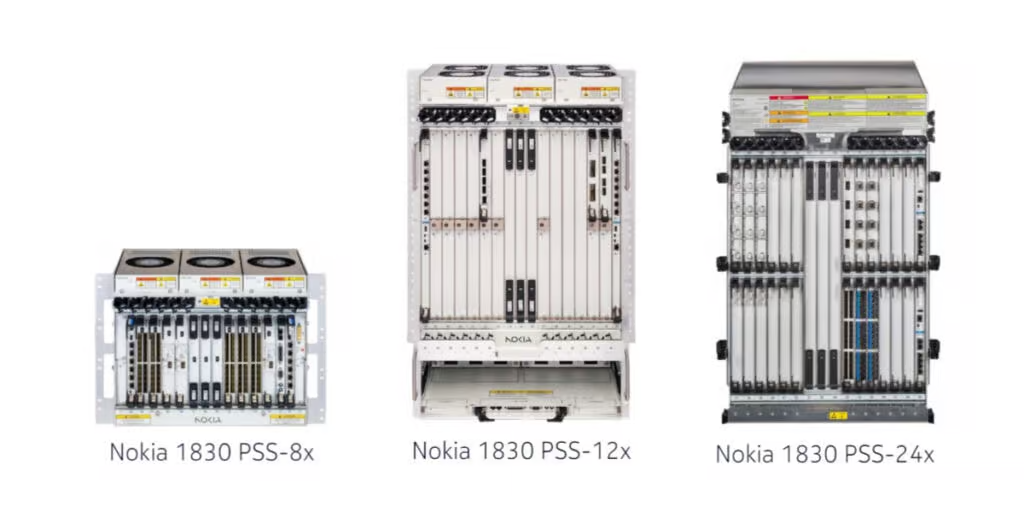The popularity of fiber optic transmission continues to increase within telecommunication networks around the world, driven by the rise in the demand for higher bandwidth and faster connectivity.
This blog explores the advantages and disadvantages of fiber in telecommunication networks.
Fiber Optic Transmission
Fiber optic communication systems often consist of three main parts. They are: an optical transmitter, a cable and an optical receiver.
Optical Transmitters
An optical transmitter converts electrical signals into optical signals. The devices used to transmit optical signals are often LED’s (light-emitting diodes) or laser diodes.
Fiber Optic Cables
The fiber optic cabling carries the optical signal (in the form of light), from the transmitter to the receiver.
There is a huge range of optical cables available and their use varies depending on the application required.
Optical Receivers
The optical receiver reconverts the optical signal back into an electrical signal. The key part of most optical receivers is the photodetector.
Advantages of Fiber Optic Transmission
There are a number of advantages to using fiber optic transmission systems:
Bandwidth
No other cable-based transmission medium can offer the same bandwidth that fiber does. In comparison to copper cabling, for example, the volume of data that can be transmitted is far greater with fiber.
Distance
Fiber transmission can transmit with much less power loss across larger distances.
Interference
In comparison to other mediums, fiber is extremely resistant to inevitable external electromagnetic interference, which means it has a very low rate of bit error.
Security
With data security concerns currently rife in telecommunications, fiber transmission offers a level of increased security that cannot be matched by other materials. This is because there is no way of ‘listening in’ to electromagnetic energy that “leaks” from the cable.
Disadvantages of Fiber Optic Transmission
Although there are substantially more advantages than disadvantages in the use of fiber optical transmission, the disadvantages shouldn’t be ignored.
Installation Challenges
Splicing fiber optic cabling is not easy and if they are bent or manipulated in shape too much they will break. They are highly susceptible to being cut or damaged during installation or through construction activity.
Fragility
Fiber optic cable is made of glass, which is more fragile than electrical wires such as copper cabling. Not only that, but glass can be damaged by chemicals such as hydrogen gas that can affect transmission. Particular care has to be taken with laying undersea fiber cabling because of its fragility.
Attenuation and Dispersion
With long distance transmission, the light will attenuate and disperse, which means additional components such as EDFA (Erbium-doped fiber amplifier – an optical repeater device that is used to boost the intensity of optical signals being carried through a fiber optic communications system) are required.
Cost
The cost to produce fiber cabling is higher than that of copper
Overview
Due to its efficiency and capacity, fiber optic transmission is being widely used and continues to be adopted for data transmission in place of metal wires. Traditional materials such as copper twisted-pair cabling or coaxial cabling are being steadily replaced by modern fiber optic options and as the demand for more speed and greater bandwidth continues to increase fiber optics will continue to be deployed in future telecommunication networks.

